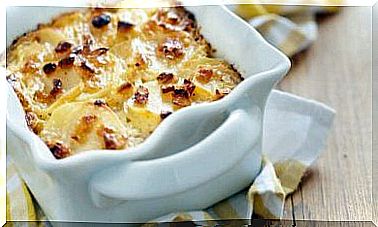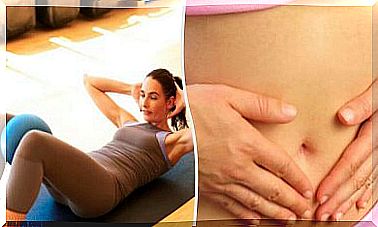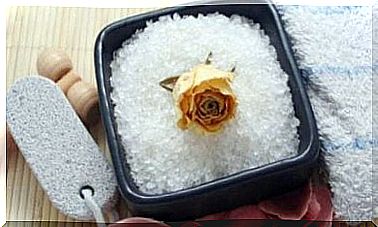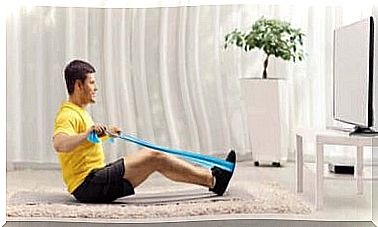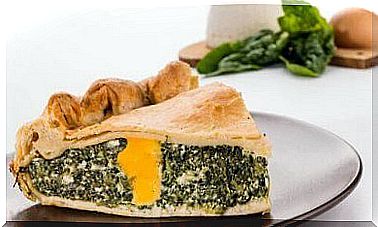Use Your Hands To Measure Food Rations
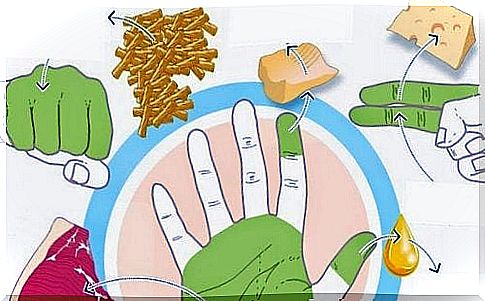
Have you heard of this way of using your hands to measure food rations? It’s a fun, easy and healthy way!
One of the most important things when planning a healthy diet is the portion size and amount of food during the day. Many are accustomed to dividing their food into portions, but for some this causes headaches. The size of the plate can be confusing easily and unnoticed you should eat more than you should – this can lead to overweight first and other health problems later in life.
Nutritionists recommend taking smaller doses at short intervals, and avoiding large, heavy meals. It is better to give your body light fuel about every three hours than to cram your stomach full twice a day. High doses of food make you feel slow and heavy, while a lower dose enhances your body’s ability to function and keeps you refreshed. Despite this, many do not know how to eat healthily.
However, you don’t have to spend many tens of euros on a kitchen scale or waste your precious time counting portion sizes. All you need to measure the right dose of food is your hands.
Yes only, using your hands you can easily and quickly determine the perfect dose size.
This is how you use your hands to measure food rations
It is very possible that by examining your hands, you will find out about yourself and remember new information. Hands can reveal certain things about your profession and personality, and hands can also show signs of health.
Measuring each food group with your hands is an even more unknown way to use your hands. Below you will find instructions for measuring food rations correctly.
“Hand diet”

This diet was published on the American Guard Your Health website and quickly became a popular means of healthy eating. By using a manual diet, you get the nutrients you need, and it is not a so-called miracle diet.
Often overweight is due to ingestion of large portions of food, overeating. Using your hands, you can easily measure the dose that is right for you, as smaller people need less nutrition than large ones.
According to the hand-held diet, the amount of meat consumed should not be larger than the size of a palm and the amount of carbohydrates should not exceed the diameter of the closed fist. The diet has attracted the interest of nutritionists and scientists, and many of them find it an interesting way to regulate food intake while still ensuring that the food gets the nutrients and calories they need.
The size of a closed fist
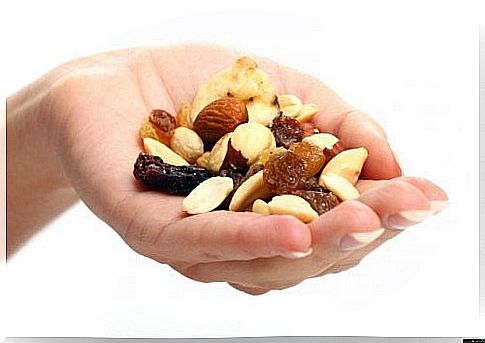
Using a closed fist to help you determine the appropriate amount of carbohydrates in particular. This will avoid overdosing and extra calories.
Examples of carbohydrates:
- Pasta
- Rice
- Potato
- Bread
Hand size
The palm can be used successfully to determine the daily dose of fruit. Often , for example, nuts are recommended to be eaten by the handful per day, as the handful contains a limited number of calories, but it is rich in vitamins, minerals and healthy fats.
The palm can also be used to measure protein-rich foods such as lentils.
A measure of two palms
When you press your hands together and form a bowl, you can easily measure the daily need of vegetables.
Measurement of forefinger and middle finger
You can determine the appropriate amount of cheese using the combined measure of the forefinger and middle finger. The size of your fingers tells you how much cheese you can enjoy.
Thumb head measurement
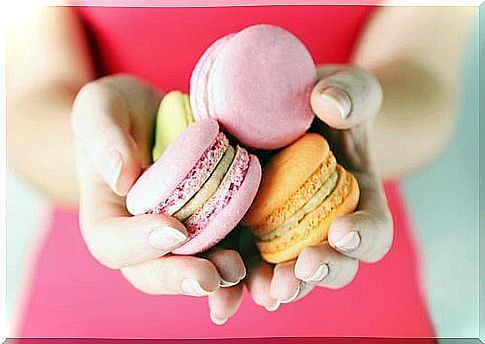
The tip of your thumb from joint to fingertip tells you how much fat and sugar your meal can contain. It is important to remember that both fat and sugar should be consumed in moderation and especially sugar should be avoided. Prefer healthy vegetable fats whenever possible.
Other recommendations to avoid overeating
While using our hands is helpful in measuring doses, it is important to remember general eating instructions as well. These include:
- Avoid eating processed foods. Prefer fresh vegetables and ingredients that you make from scratch. This will avoid additives such as salt and sugar.
- Read the recommended portion size in the package leaflet and keep this in mind when eating. For example, the recommended portion size for potato chips is one handful.
- Reduce your intake of sugary treats as they have an addictive effect.
- Enjoy your meal on a small plate and divide your food into four or five different meals during the day.
- Avoid eating surrounded by stimuli: do not watch the TV and pinch your computer or phone while eating. When you focus on eating, you will feel more sensitive when your stomach is full and you will also be able to enjoy every mouthful.
- Set aside time for each meal: 20 minutes is enough. Enjoy your food in a quiet, peaceful place.
- Do regular exercise.
- Increase your intake of water and low-calorie, hydrating drinks.
As this article shows, there are many things to keep in mind when controlling food rations during the day.
Measuring by hand may seem awkward at first, but you get used to it quickly. If you are used to eating large portions, you may feel hungry all the time at first, but your body will soon get used to the new rhythm. Avoid fatty, heavy foods and favor good quality protein, vitamins and minerals, as well as fats and carbohydrates.

